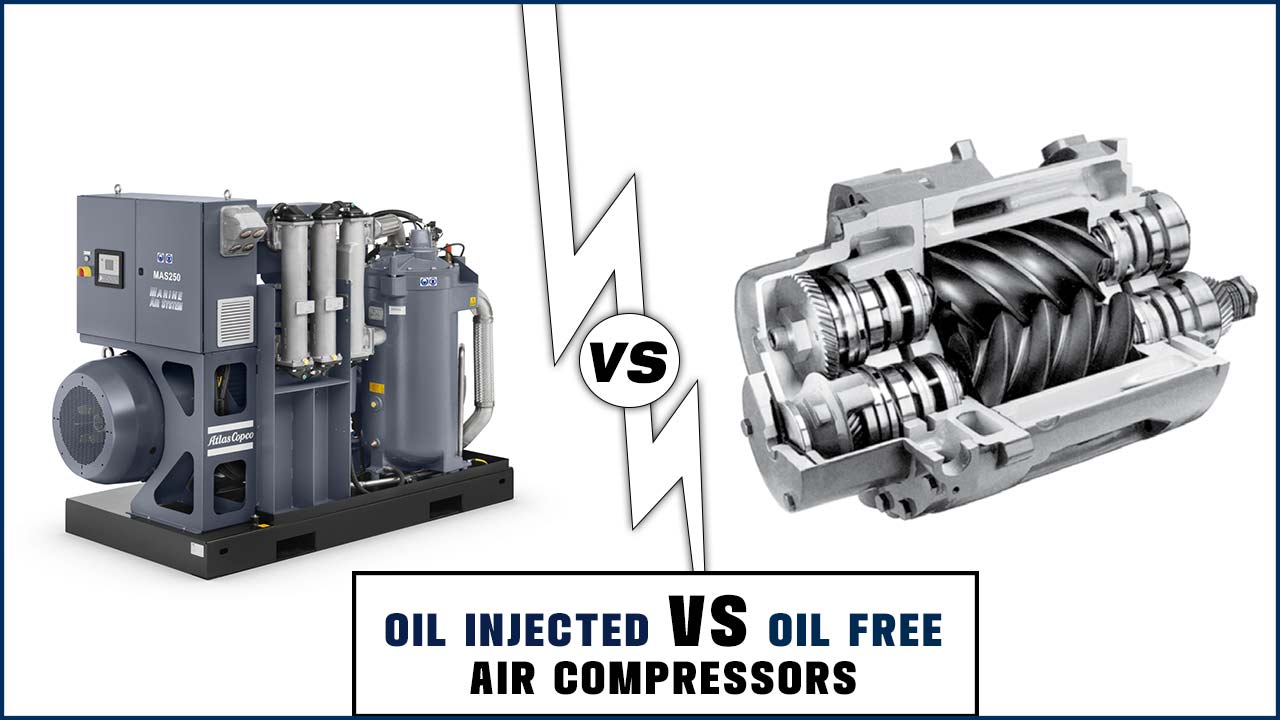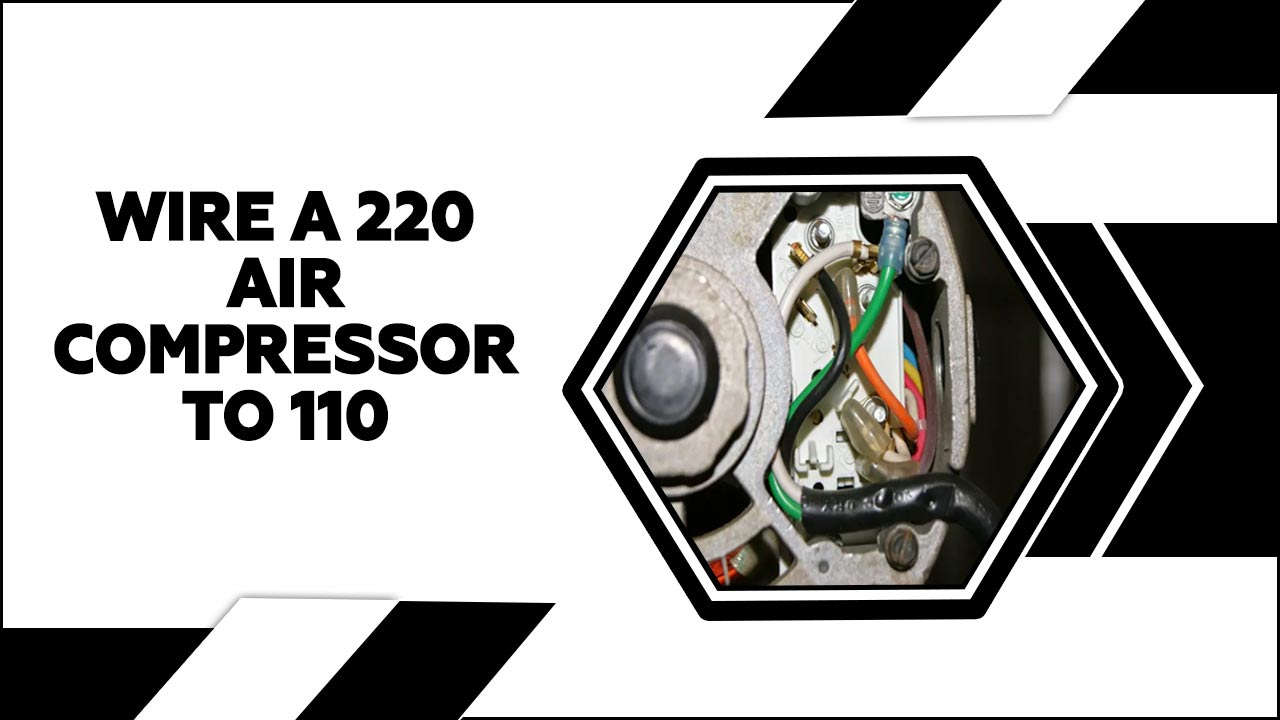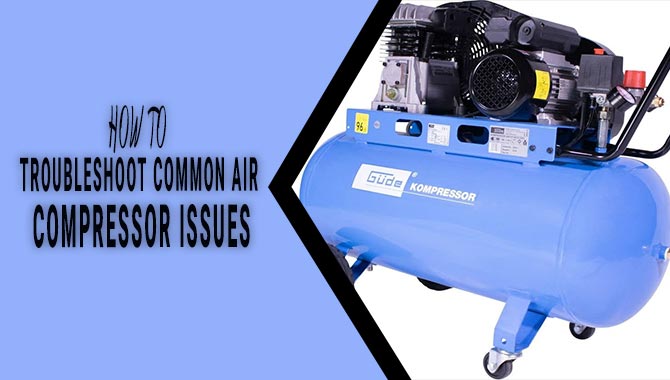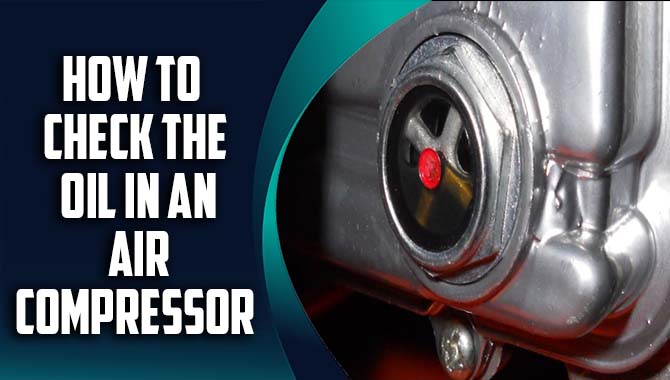If you’re a DIY enthusiast or a professional painter, you know that using an air compressor for painting saves you time and provides a smooth, even finish to your projects. However, getting started with an air compressor.
Intimidating if you’ve never used one before. That’s why we’ve put together this comprehensive guide on how to use an air compressor for painting.
In this blog post, we’ll cover everything you need to know about using an air compressor for painting, from selecting the right type of compressor to preparing your workspace, choosing the right paint and spray gun, and troubleshooting common issues. Whether you paint a car, furniture, or a wall, we’ve got you covered.

What Is Air Compressor Spraying?
Air compressor spraying uses compressed air to spray paint or other liquids onto a surface. This method of painting is commonly used in automotive, woodworking, and industrial applications. The air compressor pumps air into a container holding the liquid, which is then forced out through a nozzle at high pressure, creating a fine mist of particles that coats the surface evenly.
Air compressor spraying is an efficient and cost-effective way to apply paint or coatings, as it can cover large areas quickly and evenly. It is also ideal for achieving a smooth finish on surfaces with complex shapes or textures.
What Are The Air Compressor Requirements For Spray Painting?
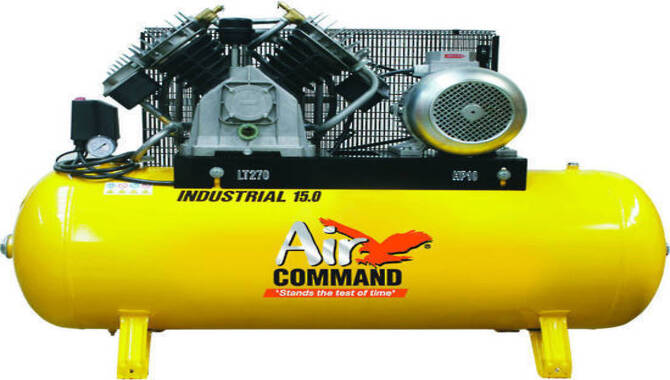
Spray painting requires specific air compressor requirements to achieve the desired outcome. The first factor to consider is the air volume output of the compressor. Generally, a compressor with at least 6 CFM (cubic feet per minute) is recommended for spray painting.
This ensures a consistent and steady stream of air for even coverage. The second factor is the air pressure output. Which is measured in PSI (pounds per square inch). Depend on the type of paint being use. the PSI requirement may vary.
Generally, a pressure of 30-50 PSI is suitable for most types of paint. Additionally, it is important to have a compressor with a large enough tank to maintain consistent pressure and minimize the need for frequent refilling. A 20-30 gallon tank is typically sufficient for most spray painting projects.
Finally, it is important to ensure that the compressor has a moisture trap to prevent water from entering the paint, which can cause bubbling and uneven coverage.
How To Set Up An Air Compressor For Spray Guns And Painting
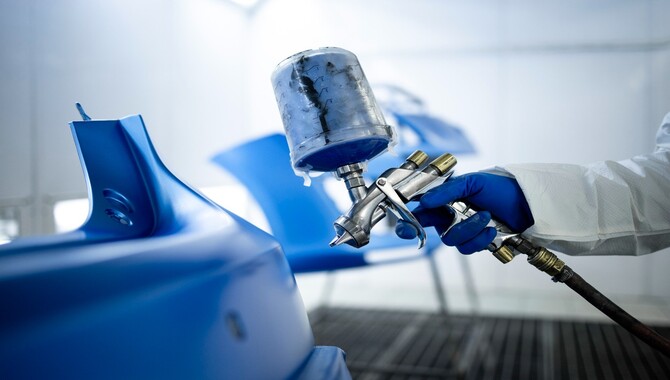
if you’re looking to paint or use a spray gun, setting up an air compressor is essential. First, you need to choose the right air compressor for your needs, considering the size of your workspace, the type of paint or spray gun you plan to use, and the required air pressure.
Once you have your air compressor, ensure. It’s properly ground and set up in a well-ventilated area. Then, attach a regulator to control the air pressure and a moisture trap to prevent condensation from getting into your paint.
You’ll also need a hose to connect the air compressor to your spray gun, and it’s important to ensure that the hose is the right length and diameter for your needs. Before you start painting, test the pressure, ensure it’s within the recommended range for your spray gun, and adjust as necessary.
Additionally, always wear appropriate safety gear, such as goggles and a respirator, and follow all instructions carefully to ensure a safe and successful painting.
Things You Will Need
If you’re looking to paint a large surface area, an air compressor. A great tool to help you get the job done quickly and efficiently. However, before you start using an air compressor for painting, you will need a few things. First and foremost, you will need an air compressor capable of delivering the necessary air volume for your painting project.
In addition, you will need a paint sprayer that is compatible with your air compressor and the type of paint you plan to use. As you work, be sure to keep the sprayer at a consistent distance from the surface you are painting to ensure even.
Choosing The Right Paint And Spray Compressor
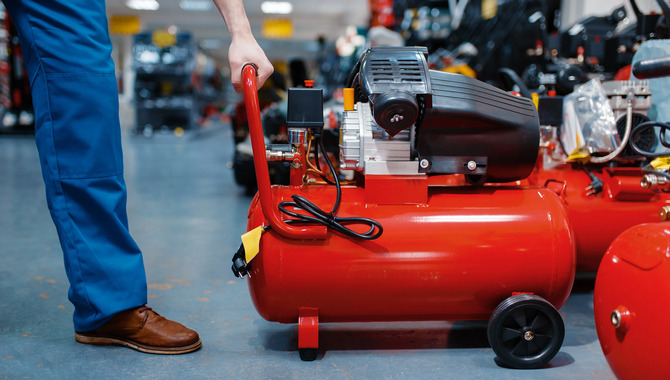
When it comes to completing a painting project, choosing the right paint and spray compressor is crucial. The type of paint you choose will depend on the surface you are painting, the desired finish, and the level of durability you need.
Whether you opt for oil- or water-based paint, the paint’s quality will greatly impact your project’s overall outcome. On the other hand, having a reliable and efficient spray compressor is equally important. A good compressor will have enough power to deliver a smooth and even spray pattern while allowing you to control the pressure and flow rate.
It is important to choose a compressor that matches the size and type of spray gun you will be using and the volume of paint you need to spray. Additionally, you should consider factors such as noise level, portability, and maintenance requirements when selecting a compressor. By taking the time to choose the right paint and spray compressor, you can ensure a successful and
How To Use An Air Compressor For Painting – Step-By-Step Guide
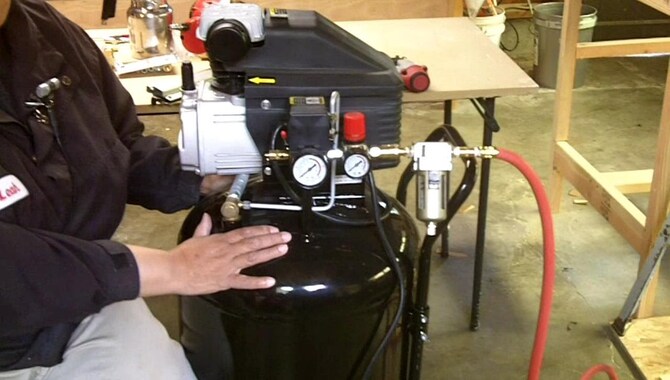
Air compressors are essential for those looking to paint their cars, homes, or other projects. However, for those who are new to air compressors, it can be daunting to know how to use them for painting. Here is a step-by-step guide on how to use an air compressor for painting.
Firstly, ensure you have all the necessary tools, such as your air compressor, paint gun, air hose, and paint. Secondly, connect the air hose to the compressor and the paint gun to the air hose. Thirdly, fill the paint gun with paint and adjust the pressure to the recommended level.
Fourthly, test the paint gun by spraying it on a scrap piece of material. Fifthly, adjust the nozzle of the paint gun to your desired paint pattern. Sixthly, start painting your project, ensuring that you keep the paint gun moving in a steady motion to avoid drips and uneven paint. Lastly, remove the paint gun from the air hose once you have finished painting.
Advantages Of Using A Paint Sprayer Air Compressor
Using a paint sprayer air compressor has several advantages over traditional painting methods. Firstly, it saves time and effort because the spray gun applies paint more quickly and evenly than a brush or roller. This means that large surfaces.
Painted in a fraction of the time it would take with a brush, making it ideal for commercial or industrial applications where time is of the essence. Secondly, using a paint sprayer creates a smooth and flawless finish that is difficult to achieve with a brush or roller. This means that the end result is more professional-looking, with no visible brush or roller marks.
Additionally, using a paint sprayer air compressor allows for greater control over the amount of paint applied, reducing the risk of drips and runs. This makes it easier to achieve a consistent finish, even on tricky surfaces like textured walls or uneven surfaces. Finally, using a paint sprayer air compressor is more cost-effective than other painting methods in the long run. While the initial investment may be higher
What Is The Performance Specification Of The Air Compressor?

The performance specification of an air compressor refers to its ability to perform a specific task within a certain range of conditions. This specification includes factors such as the amount of air pressure it can generate, the volume of air it can produce, and the power required to operate it.
When selecting an air compressor. It is important to consider the specific tasks that will be required and choose a model capable of meeting those demands. For instance, a high-pressure unit with a large air tank may be necessary. If the compressor is use for heavy-duty tasks such as sandblasting or spray painting.
On the other hand, for lighter tasks such as inflating tires or powering pneumatic tools, a smaller, more portable compressor may be sufficient. It is also important to consider the environmental conditions in which the compressor you use; factors such as altitude and temperature can affect its performance.
Learn How To Paint With An Air Spray Gun!
If you’re looking to take your painting skills to the next level, then learning how to paint with an air spray gun is a great way to do it. With an air spray gun, you can achieve a smooth, even finish that’s hard to replicate with a brush or roller.
Not only that, but you can also save time and materials by using less paint and achieving more efficient coverage. You’ll need to invest in an air spray gun and an air compressor to get started. Once you have your equipment, you’ll want to practice using it on scrap materials to get a feel for how much paint to use and how to control the spray.
It’s important to wear a mask and protective clothing when using an air spray gun, as the paint particles can be harmful if inhaled or come into contact with your skin. You can use various techniques with an air spray gun, such as layering colors, blending, and creating gradients.
How To Paint A House With An Air Compressor
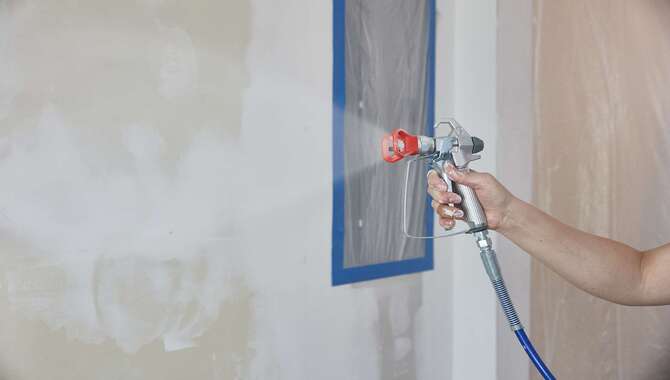
Using an air compressor can be a great option if you’re looking for an efficient and effective way to paint your house. The first step is to choose the right type of paint, which should be compatible with your air compressor.
Once you have the paint, you’ll need to mix it well and test it on a small area to ensure its consistency. Before you start painting, make sure that the surface is clean, dry, and free of any debris that could affect the finish. You’ll also need to protect any areas you don’t want to paint by covering them with plastic or tape.
When you’re ready to start painting, attach the sprayer to the air compressor and adjust the settings to achieve the desired spray pattern. Hold the sprayer about six to eight inches from the surface and move in a smooth, even motion to apply the paint.
Types Of Sprayers
When it comes to spraying, numerous types of sprayers are available in the market. Each of these sprayers has its own unique features. It is design to cater to specific needs. One of the most common types of sprayers is the handheld sprayer.
It is ideal for small jobs like spraying insecticides or herbicides on plants. They are also perfect for spraying small areas like flowerbeds or vegetable gardens. Backpack sprayers are another type of sprayer. That is design for a larger area.
They are ideal for spraying larger gardens or fields and can spray a wide range of liquids, including fertilizers, herbicides, and pesticides. The third type of sprayer is the tow-behind sprayer. They are designed to attached spraying large volumes of liquid and can cover large areas in a short period of time.
Conclusion
Air compressors have become popular for those who want to achieve precise and efficient paint jobs. Using an air compressor for painting can seem daunting at first, but following our outlined steps can help you achieve a professional-looking finish with ease.
From selecting the right compressor to setting the appropriate pressure and choosing the right spray gun and nozzle, every step is crucial to ensure your paint job is successful and long-lasting. With proper safety precautions and careful attention to detail, an air compressor can be a valuable addition to any painter’s toolkit.
FAQs:
1.What Type Of Air Compressor Is Best For Painting Projects?
Ans: A rotary screw air compressor is considered the best type for painting projects as it provides a consistent and reliable source of compressed air with minimal moisture content.
2.How Much CFM Do I Need For Spray Painting?
Ans: The CFM (cubic feet per minute) requirement for spray painting can vary depending on the specific spray gun and paint type. It is best to check the manufacturer’s recommendations for the specific equipment being used.
3.Is The Air Hose Too Long?
Ans: As an AI language model, I cannot determine if the Air Hose is too long without additional information. Please provide more context or details about the Air Hose.
4.What Is HVLP?
Ans: HVLP stands for High Volume Low Pressure, which refers to a type of paint spray gun that operates with a higher volume of air at a lower pressure than traditional spray guns.
5.Do I Need To Use A Specific Type Of Paint With My Air Compressor For Painting?
Ans: Yes, you need to use a specific type of paint with your air compressor. You should use paint that is labeled as compatible with airless sprayers or HVLP (High Volume, Low Pressure) sprayers.


